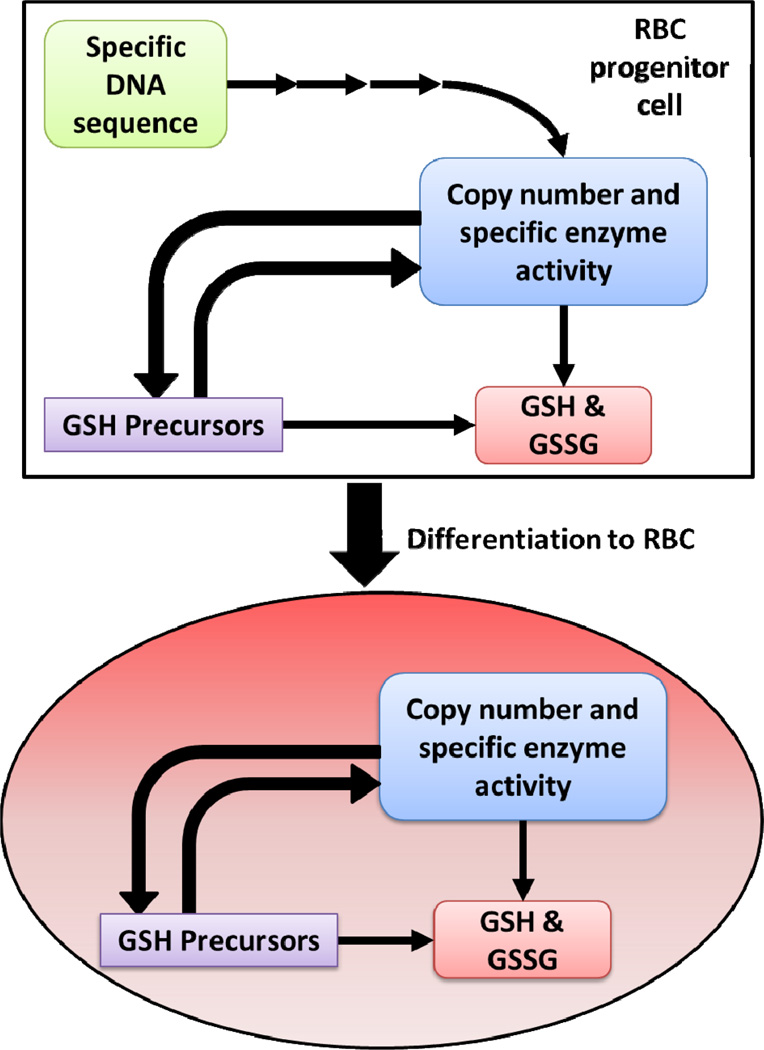Figure 4. Potential mechanisms of genetic influence for determining the levels of GSH and GSSG in RBCs.
In the progenitor cells for RBCs of each individual, specific inherited sequences of DNA are transcribed into proteins and enzymes. These enzymes have a specific activity and copy number as defined by the inherited DNA sequence. These many enzymes will directly or indirectly affect the level of GSH and GSSG. When the progenitor cells differentiate to RBCs these enzymes can no longer be renewed because the machinery for protein synthesis has been eliminated. This provides the mature RBC with a mostly locked enzyme environment. However, the set of enzymes needed to maintain the GSSG/2GSH system is fully functional; GSH turnover time is approximately 4–6 days [30, 31, 32]. The kinetic rate constants, copy number of active enzymes, and the availability of GSH precursors are at that point responsible for the steady-state levels of GSH and other small molecules.

